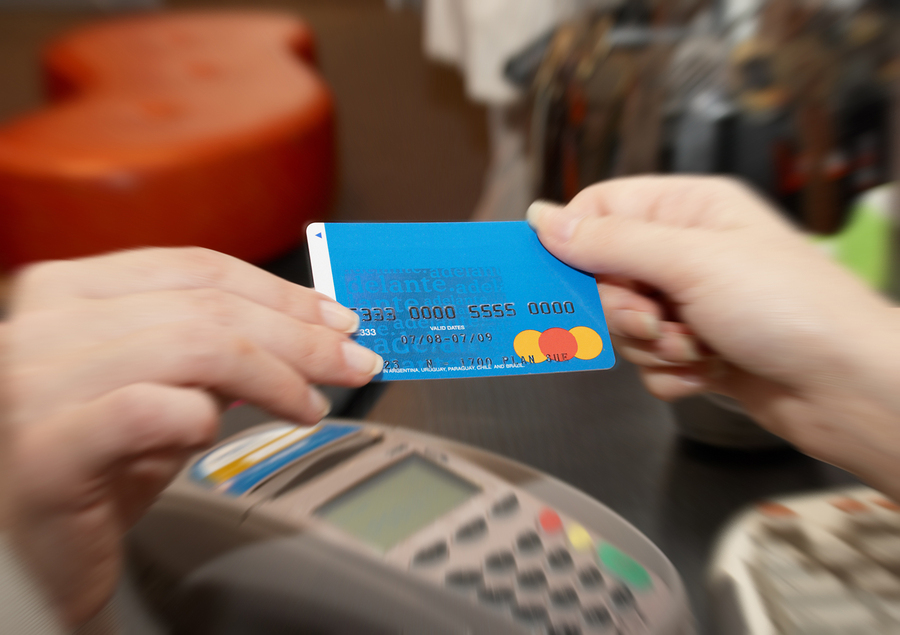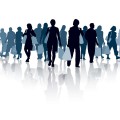 The U.S. Department of Commerce (USDC) released a report on April 26 indicating that the economy grew at a rate of 2.5 percent from the fourth quarter (Q4) of 2012 to the first quarter (Q1) of 2013.
The U.S. Department of Commerce (USDC) released a report on April 26 indicating that the economy grew at a rate of 2.5 percent from the fourth quarter (Q4) of 2012 to the first quarter (Q1) of 2013.
According to the Bureau of Economic Analysis (BEA), consumer spending also increased 0.2 percent, or $30.9 billion, in March. The positive growth suggests consumers are buying more and increasing their income in line with economic growth.
Real gross domestic product (GDP), “the output of goods and services” located in the United States, is a vital statistic in measuring the overall health of the economy, and BEA reports the increase is attributed to “positive contributions” from various sources like inventory investment, exports and government spending, which offset some of the initial increase. A number of wages and salary disbursements grew in the first quarter of 2013, some of which include service industries, which increased payroll by $15 billion. Overall wage and salary disbursements rose by $14 billion and government disbursements rose by $400 million.
Personal disposable income increased by 0.2 percent in March, but the rate for personal savings remained relatively level, so while consumer spending is increasing, consumers seem unwilling to let this affect their savings. This data indicates a steadily expanding economy, but one wherein consumers are careful not to misspend their money.
The economic growth in Q1 encouraged job growth in April. According to the Bureau of Labor Statistics, “non-farm payroll employment rose by 165,000 in April.” The main areas of growth were the food and beverage industry, health care, retail, and professional services. The number of part-time employees (those employed part-time for economic reasons) also increased to 7.9 million in April. Lastly, the report points out an increase in hourly earnings by 45 cents for the year, suggesting employers are investing more in their employees as the economy continues its steady climb upward.
[cf]skyword_tracking_tag[/cf]






No Comment